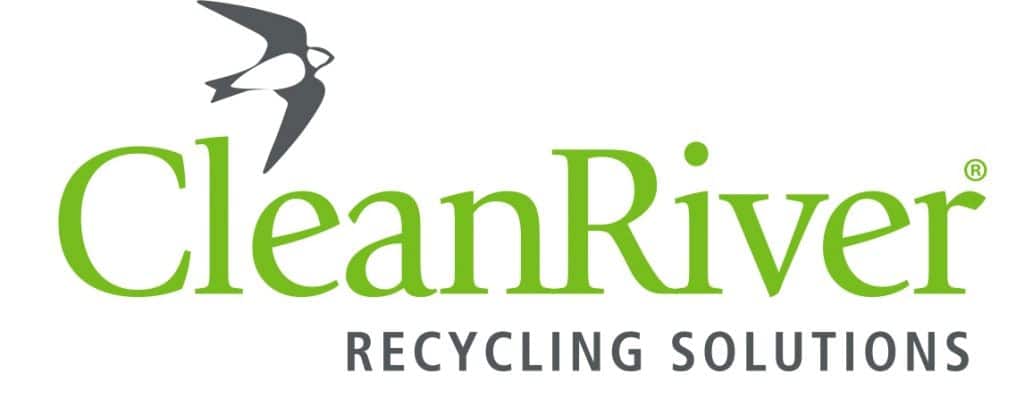People want to do the right thing. Empower them to do so by providing the information to assist them to make the right decision when tossing their waste.
Being tasked with implementing a facility-wide recycling program can be overwhelming for a Sustainability Manager. Here’s a quick checklist to help you nail it.
#1: Conduct a Waste Audit
This helps determine how much waste your facility produces and the type of waste being generated. The Conducting a Visual Waste Audit sidebar, can help you plan and execute your next waste audit.
#2: Work with Your Custodial Team
This helps to identify any current collection issues with your recycling program. The custodial team often have a unique perspective and provide valuable input into the design of containers that will work best in your facility.
Including the custodial team during the design stage will also help the sustainability manager to engage them in the recycling program because they will feel ownership due to their valuable input.
#3: Look at Your Floor Plan and Traffic Flow
Use the data from your waste audit to identify the areas where waste is typically generated. You can then identify the type of bins you’ll need for these areas in terms of capacity and stream collection. One company achieved a 93 percent diversion rate by looking at their traffic flow and mapping out the placement of recycling bins on a floor plan before implementing their recycling program.
#4: Securing Budget
Securing budget for a recycling program can sometimes be a challenge because they often incorrectly thought of as an expense rather than a business investment. There are many ways a recycling program can generate funds through rebates and incentives and even cost reduction processes.
#5: Select the Right Capacity
Look at your waste audit results of your facility to determine the capacity of containers you’ll need. Talk to your waste hauler about which streams you’re able to collect, this varies by city and region. For example, you’ll need to know whether you collect your recyclables together (commingled or single stream) or whether you need to separate out cans and bottles from paper.
#6: Select Containers that Have Changeable Posters or Graphics
Your recycling program is going to change over time and you need to communicate these changes to the people using the bins. If your containers don’t have recycling labels then create posters and stick them to the wall next to the recycling bin. This helps people make the right choice when they go to toss their waste. A University of Toronto study found that when they added recycling posters to their containers with clear images of facility waste their diversion rate went up 163 percent.
#7: Choose Restrictive, Color-Coordinated Openings
These are key to helping people use the recycling program effectively. One center consistent colors for the recycling bin openings and recycling posters throughout their facility. This helped them recycle 66 percent of their waste.
#8: Keep Bins Together
If you are opting for individual bins per stream, make sure you connect them together. When you have different stand-alone bins, they can easily become separated. When that happens people don’t know which bin to use, they just use the nearest one.
#9 Create Awareness Before Your Bins Arrive
Tell everyone about the recycling program: what your goals are, where the bins will be located and what exactly is recyclable.
Having a recycling program launch helps build awareness and get people on board. Culture is the number one driver of recycling program success, so help people get passionate and about what you’re doing.
#10: After Launch Monitor and Evaluate
Monitor and evaluate your recycling program by conducting another waste audit after launch. This identifies areas for improvement. Recently during a waste audit, one client identified that compostable plastic salad containers that had been introduced to their cafeteria were ending up in the garbage rather than the organics collection stream. The organization updated the graphics on their recycling containers to include an image of the compostable plastic container and emailed all employees to let them know that it was, in fact, compostable and not garbage.
People want to do the right thing. Empower them to do so by providing the information to assist them to make the right decision when tossing their waste.
For more information, call (888) 646-4246 or e-mail [email protected].

Conducting a Visual Waste Audit
- Collect all garbage in clear bags from all bins throughout your facility for a period of three typical consecutive days (not during special events, etc.). Put bags in a central location and label each with the date, location and waste stream collected e.g. recycling, compost or garbage.
- Weigh each bag and record.
- Perform a visual audit on each bag of waste and record the contents of the bag, including the percentage of stream contaminants (anything that shouldn’t be in that stream).
- Take pictures of contaminants to communicate with your organization so that everyone can work on throwing their waste into the proper stream.
You now have a very detailed picture of what is happening within different areas of your business for analysis at a later time. To calculate your diversion rate, you’ll need the total weight of recycling, compost and garbage collected by your organization and the following formula.

Once you have your current diversion rate you can set diversion rate targets for your organization and implement best practices such as ensuring you communicate your program throughout your organization, use clear instructional graphics to increase user adoption rates and making sure your custodial staff are on board with your program. These help ensure your program constantly evolves and improves on your journey to the ultimate goal of zero waste.
